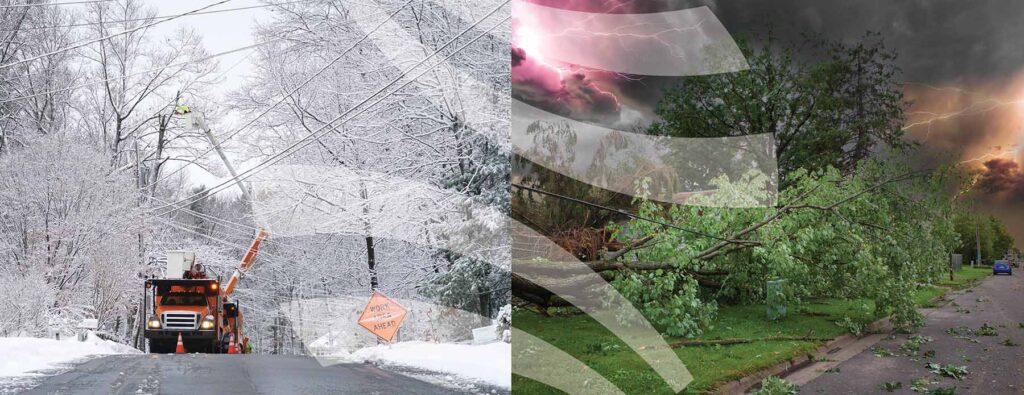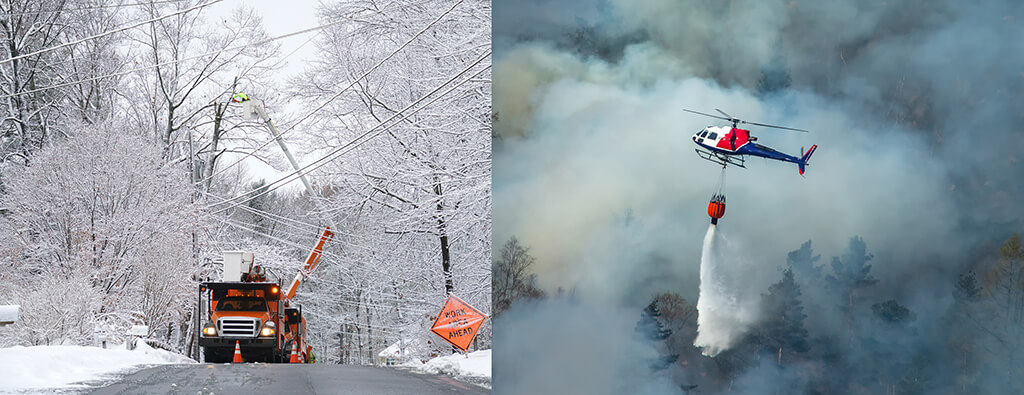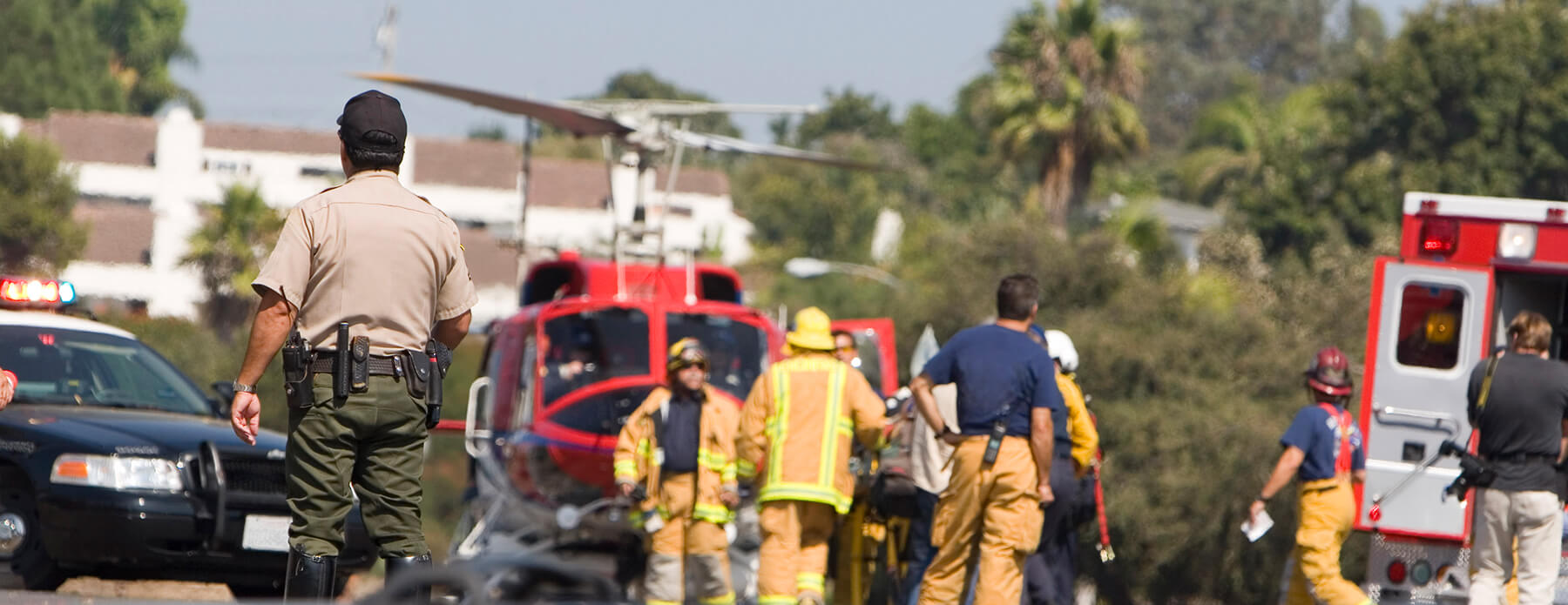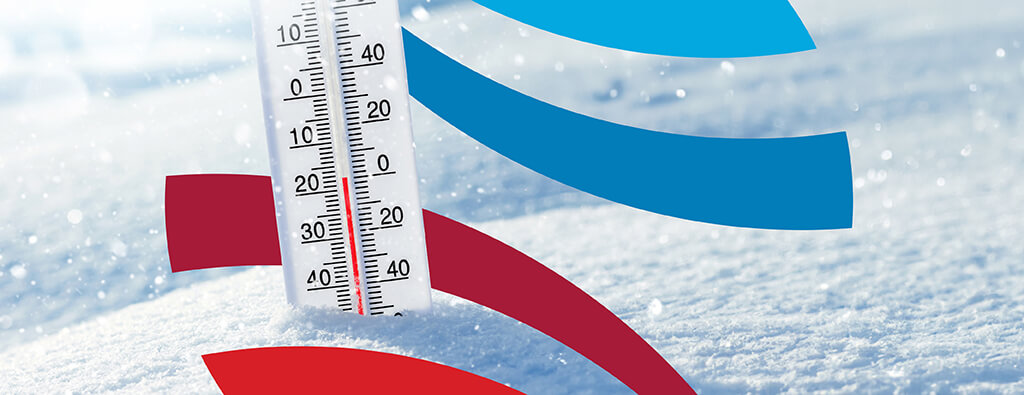Over the last week, two bomb cyclones, named Winter Storms Finn and Gerri, wreaked havoc across the nation. A bomb cyclone is an intense weather phenomenon characterized by a rapid drop in atmospheric pressure. This sudden drop in pressure causes strong winds and heavy precipitation, resulting in blizzard-like conditions and dangerous storm surges.
As a result of these winter storms, millions of people across the country experienced severe rain, thunderstorms, tornadoes, and blizzard conditions that caused power outages, road closures, flight cancellations, property damage and sadly, loss of life. Let’s delve deeper into the impact of these consecutive bomb cyclones.
Winter Storm Finn: A Path of Destruction
Starting on January 5, Winter Storm Finn, with its rare trajectory, originated in the Gulf of Alaska before intensifying and making landfall in southern British Columbia. By January 6, it descended southward through Washington state and traversed across the central plains, bringing heavy rain and blizzard conditions.
Finn’s impact was widespread and devastating. Southeastern states experienced tornadoes and severe thunderstorms, resulting in tragic fatalities in Alabama, Georgia, and North Carolina. The Mid-Atlantic region faced severe storms and heavy rainfall, while the Northeastern states battled relentless blizzard conditions. Winter storm warnings were issued for over 43 million people, and emergency declarations were made for 49 counties in Florida. Tornadoes ravaged several Florida, Georgia, and Alabama counties, while the Great Lakes endured significant wave action, reaching heights of 5 to 8 feet. Over 100 million people in the northeast faced the threat of flooding, and power outages affected more than 600,000 individuals (about half the population of Hawaii), leading to the cancellation of over 7,000 flights.
The Arrival of Winter Storm Gerri
As if one storm wasn’t enough, Winter Storm Gerri followed on Finn’s heels closely, already causing widespread power outages in Washington State and proclaiming the first blizzard warning in mountain areas since 2012. High winds have been recorded, including staggering wind gusts over 100 mph.
Gerri is forecasted to bring heavy snow, strong winds, flooding rain, and severe weather to many of the same regions impacted by Finn. The specific details of Gerri’s impact are still unfolding, keeping communities on high alert.
Safety Tips for the Public
In the face of these major storm events, it is crucial to prioritize public safety. Here are some valuable tips to mitigate the storms’ impact for those affected by the storms:
- Stay Updated: Regularly check weather reports and heed warnings from authorities.
- Emergency Preparedness: Maintain an emergency kit stocked with essentials such as water, non-perishable food, flashlights, and first-aid supplies.
- Travel Caution: Avoid unnecessary travel during severe weather conditions. If travel is unavoidable, ensure your vehicle is equipped with an emergency kit.
- Power Outage Readiness: Have backup power sources like generators but use them safely to prevent carbon monoxide poisoning.
- Tornado Safety: Identify a safe room or basement in your home for shelter during tornado warnings.
- Flood Safety: Avoid walking or driving through floodwaters and stay informed about local flood warnings.
- Community Support: Check on neighbors, especially the elderly and those with disabilities, during severe weather events.
How the Government Can Prepare and Respond to Critical Situations
Governments must also take practical and proactive measures to respond effectively to winter storms Finn and Gerri. Local and state agencies should establish emergency centers to coordinate essential resource management, including snow removal and distribution of supplies. These centers play a critical role in keeping roads safe and ensuring that emergency vehicles can access affected areas.
Communication is key, with regular updates on road conditions and closures. Timely restoration of utilities, particularly power and water, is vital, necessitating preparedness from utility companies and their emergency response crews.
Furthermore, community-level preparedness is crucial. Governments can organize workshops on winter storm readiness, distribute information on safe home heating, and provide guidance on protecting plumbing systems. Collaborating with local groups to support vulnerable populations, such as the elderly, strengthens community resilience and response capabilities.
Winter storms may leave a path of destruction, but we can weather any storm with preparedness, collaboration, and resilience. Let’s stand together and build a safer, stronger, and more resilient future. Learn more about ensuring public safety in the face of a winter storm here.



